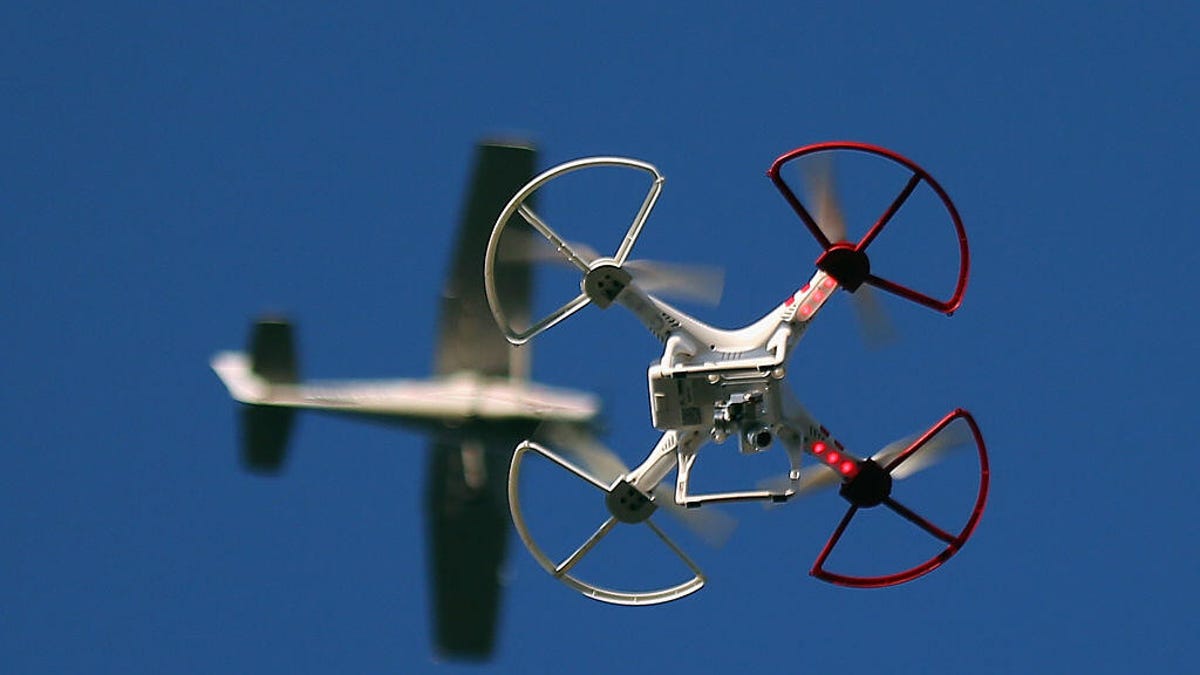DJI software no longer blocks drones from flying over military posts and airports
China-based drone manufacturer DJI has changed geofencing restrictions on its drones in the USby removing no-fly zones from its software after having them for about 10 years. The company says this follows a similar software update a year ago in Europe and complies with US Federal Aviation Administration rules for drone pilots in the United States.
The company said in its blog post on the update that the changes took place on January 13th and that going forward users of its Fly and Pilot apps will see FAA data instead of DJI geofencing data regarding what are now called “Enhanced Warning Areas” where operators can to view locations that the FAA designates as controlled airspace.
Read more: The best drones of 2025
Instead of disabling flights in what DJI previously called restricted areas or no-fly zones, pilots will receive a safety warning they can bypass.
In the post, DJI said flight zone rules were sparse when the company introduced the feature in 2013.
“The geofencing system was created as a voluntary built-in safety feature to help promote responsible flight practices and prevent DJI drone operators from inadvertently flying in restricted airspace, such as around government buildings, airports or prisons,” it said in the post.
The update time comes as California is struggling with a forest fire disaster which brought drones back into the limelight. Incident in which drone intercepted a firefighting plane and arrests related to flying drones in wildfire areas don’t help the reputation of the drones during the crisis, but the drones have proven useful in past forest fire incidents to assist in tracking property damage and capturing footage of the destruction.
The the company told The Verge website that the geofencing update applies to the entire US territory and that it complies with FAA rules and a new system that has made geofencing redundant.
Read more: DJI’s tiny Neo drone is lighter than an iPhone
Since geofencing was implemented, the company said in a statement: “The FAA implemented Remote ID requirements, meaning drones flying in the US must broadcast the equivalent of a drone “registration number.” This requirement came into effect at the beginning of 2024, giving authorities the necessary tools to enforce the existing rules.”
The Verge pointed out that DJI’s former head of global policy, Brendan Shulmancriticized the decision in a series of posts by X, writing“There has been considerable evidence over the years that automatic geofencing of drones implemented using a risk-based approach has made a significant contribution to aviation safety.”







